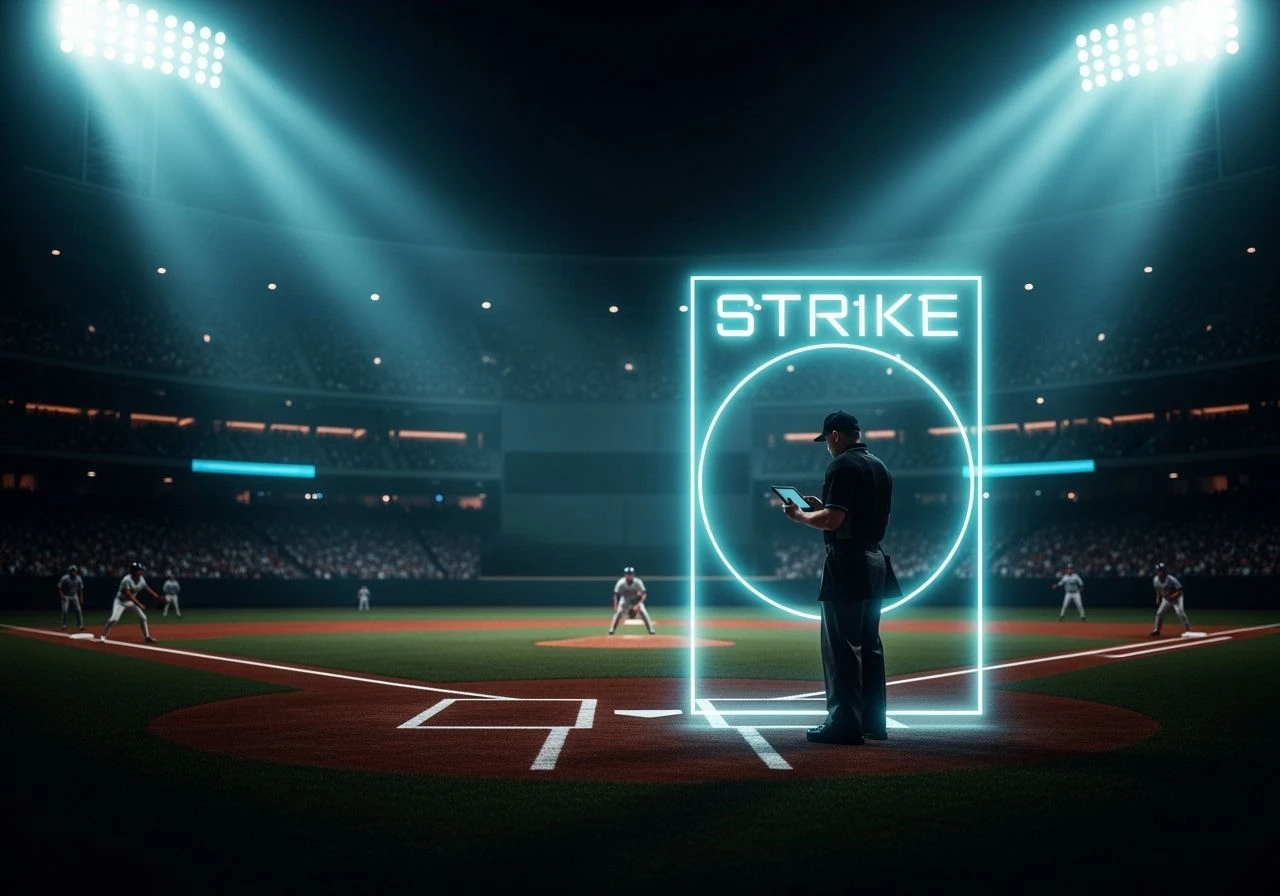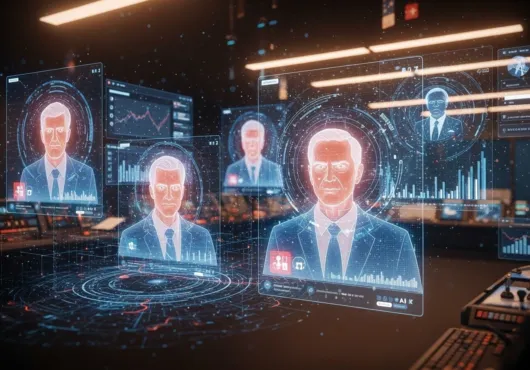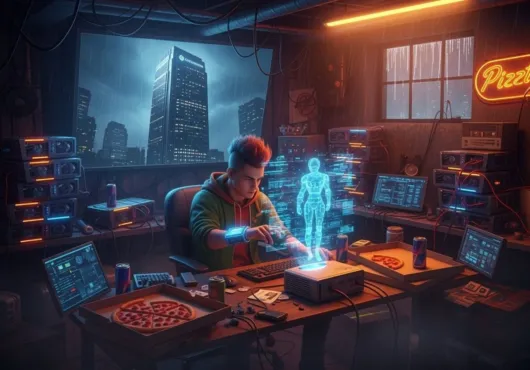“We automated fairness and kept the arguments.”
Cold open
Bottom of the ninth. Tie game. Pitch nicks the zone like a rumor. Batter freezes, catcher fist-pumps, crowd inhales—and then it happens: the challenge. Two fingers to the helmet, the stadium goes silent, and a cartoon strike zone materializes like a cosmic warranty card. Ten thousand strangers lean in to watch geometry defeat folklore. The call flips. The manager pretends to be mad at the iPad. We go home, allegedly satisfied.
The robot didn’t kill drama; it relocated it to the replay screen.
Fairness without folklore is accurate and oddly hollow—until we design new stakes.
Don’t bring back error; bring back meaning around better truth.
This is what “AI in sports” feels like: a ritual redesigned by a spreadsheet. Cleaner. Truer. A little emptier. We didn’t remove the drama; we just moved it to the replay screen.
The church of human error (and why we still miss it)
We say we want fairness. We say we want accuracy. What we actually want is a story we can live with. Sports grew up on myths: the blown call that forged a rivalry, the ump with a strike zone shaped like a potato, the legend who “never gets that call in our ballpark.” These weren’t bugs; they were seasoning.
Now we’ve installed a ghost in the cathedral—an oracle that speaks in pixels and certainty. And certainty, it turns out, is terrible at small talk.
What the robot actually changed
Neither is “bad.” But they shift the meaning of the moment. The umpire used to be a character; now he’s a courier.
The human ego problem
Players don’t just compete with each other. They compete with how the game recognizes them. Striking out on a bad call used to be a villain origin story. Striking out after a robot replay is… a technicality. You can’t glare at a calibration. You can’t chirp a lidar array. All that swagger, ritual, and petty theater had a place to go. Now it bounces off the glass.
So the ego reroutes. Batters weaponize challenges like timeouts. Pitchers study the rectangle the way hackers study API limits. Coaches become UX specialists, gaming pause windows and body language. The soul of the game shifts from “I know the ump” to “I know the interface.”
Fairness without folklore
The future of every sport is the same negotiation: how much accuracy can we add before we sand off the myth? Soccer will keep freezing in celebration limbo while geometry draws ankle hair. Tennis will continue pretending the line judge is still spiritually there. Baseball will perfect the ritual of being mad at a screen we all just watched agree with itself.
We won’t go back. Once you taste machine fairness, human error stops feeling romantic and starts feeling like a pothole. But we can choose how we stage the truth.
If we want our drama back
We don’t need to reintroduce mistakes; we need to reintroduce meaning.
Give people stakes and the mythology rebuilds itself around better ground truth. The coach becomes a gambler again. The player becomes a folk hero again. The oracle becomes a character, not a screensaver.
Why this belongs on VibeAxis
Because sports are the cleanest mirror for how AI is changing everything else. We still want the mess, but we want it on purpose. We want accuracy with ego, truth with theater. If we can design that balance in stadiums, maybe we can design it in courts, clinics, classrooms, and feeds. Not “more AI” or “less AI,” but AI with a soul—rules we can explain and rituals we can love.



